|
|
|||
|
(Back to Preceding Week; on to Next Week) |
|
Blue-throated |
Weeks One & Three are full for our annual |
Canivet's |
|
[PREFACE: We apologize for getting behind on our "This Week at Hilton Pond" postings. Immediately after our return from El Salvador and Guatemala in mid-November we set to work writing two lengthy installments about hummingbird banding in those countries (see #418 & #419) , and then ran smack into Thanksgiving week-- HOLIDAY RED AND GREEN During our presentations around the country, folks often ask whether hummingbirds are attracted to red--or if hummers see that particular color better than others. Audience inquiry is based on the fact that many native hummingbird flowers are some shade of red and that manufacturers use red plastic when making sugar water feeders. And, of course, in Ruby-throated Hummingbirds (and numerous other hummer species) adult males attract the female's attention with iridescent red gorgets. When the question about hummingbird color vision is posed, we usually reply by asking "What color is most of nature?"--to which the audience responds "Green!" and this provides part of the answer. In nature, flowers that utilize hummingbird pollinators ARE often red; however, they aren't the only organisms to use red-green contrast to advantage. And no time during the year is this phenomenon more noticeable than in winter when bright red berries stand out against dark evergreen foliage of certain trees and shrubs.
All text & photos © Hilton Pond Center Perhaps the most familiar red-green vegetation--and the plant most closely associated with the holidays--is American Holly, Ilex opaca. Many native hollies, and even some imports such as Burford Holly, have dark, prickly evergreen leaves that by themselves brighten up the drab browns of winter landscapes. Add to that its crimson berries and you can understand why American Holly is so closely tied to the Christmas season. Holly berries (above and below) really do stand out; sitting at our office window at Hilton Pond Center, it's easy to spot the quarter-inch red fruits on a ten-foot-high tree more than 30 yards away. (Incidentally, we have quite a few American Hollies at the Center, but only two more than 15 feet tall. In our experience American Holly is quite slow-growing and its leaves are often marked by black spots from fungal disease that likely hinders photosynthesis.)
All text & photos © Hilton Pond Center The vast majority of our Hilton Pond hollies appear to be males; the species is dioecious--an individual tree is one sex or the other--and only female trees bear fruit like the one above. Holly berries are commonly eaten by, among other bird species, Cedar Waxwings, Northern Mockingbirds, and our three winter thrushes--Eastern Bluebird, American Robin, and Hermit Thrush.
All text & photos © Hilton Pond Center Although American Hollies are indeed native to the Carolina Piedmont, some non-native shrubs at Hilton Pond Center also bear red winter fruit displayed against evergreen foliage. Perhaps the most common is Nandina, Nandina domestica, AKA Heavenly Bamboo (above and below). This member of the Barberry Family (Berberidaceae) is a native of eastern Asia from Japan to the Himalayas. Of all our invasive shrubs--including Russian Olive and Japanese Privet--Nandina is the one we treat most kindly, mostly because its big clusters of bright red winter berries and dark green compound leaves. (NOTE: A study published in 2010 in Veterinary Medicine International reported that Nandina berries eaten in large quantities by Cedar Waxwings apparently can lead to death from cyanide poisoning. As a result, we have eradicated all non-native Nandina plants at Hilton Pond Center.)
All text & photos © Hilton Pond Center Unlike hollies, Nandina is hermaphoditic with individual flowers having both male and female parts. Despite its prodigious berry production, the plant seems to propagate most commonly via underground stems. We suspect Nandina berries aren't very tasty to wildlife--they often stay on the shrub all winter--but some birds do ingest them and disseminate seeds in their droppings. Although Nandina's quarter-inch berries (above) pass right through birds with no problems, most accounts say the fruit is poisonous to humans. Leaves and stems are laden with hydrocyanic acid, so don't eat them, either.
All text & photos © Hilton Pond Center One other non-native with red winter berries is NOT evergreen, although this plant may hold a few yellow-green leaves until spring. We speak here of the appropriately maligned Multiflora Rose, Rosa multiflora, an invasive Japanese import that wreaks havoc in habitats across North America. We REALLY don't like this rambling vine, mostly because its sharp, decurved thorns have lacerated just about all our body parts from earlobes to ankles during our years in the field. Multiflora Rose fruit (above) is smaller rose hips from some cultivated roses and not as red--often they're almost brown--but they're still high in Vitamin C and undoubtedly nutritious for birds and small mammals that consume them.
All text & photos © Hilton Pond Center As with Nandina berries, we've found Multiflora Rose hips (above) are not primary winter foodstuff for wild critters; we suspect it's because they're quite dry and lacking in pulp, but by March nearly all the hips will be gone--down the gullets of some free-flying bird that does the Multiflora Rose a big favor by taking its seeds some distance from the other plant.
All text & photos © Hilton Pond Center A fourth Hilton Pond plant with red winter berries is Shining Sumac, Rhus glabra, AKA Smooth Sumac (above). This native shrub has dense, conical fruit clusters that often stay on the plant throughout cold-weather months; their cheerful red glows in the sun from autumn through February. Sumac berries usually disappear by March, however, perhaps eaten by birds looking for a dose of Vitamin A that helps bring them into breeding condition. Northern Cardinals are known to consume sumac berries, so these fruits are also a good source of carotene and xanthophyll pigments the redbird lays down in its feathers. Although these four red-berried species--American Holly, Nandina, Multiflora Rose, and Shining Sumac--are the only ones bearing winter berries here at Hilton Pond Center, other red-fruited plants do occur. Among non-native species commonly planted by homeowners for winter berry color are Pyracantha vines, and shrubs such as Cotoneaster, Photinia, and various hawthorns. (It's interesting most of these are in or closely related to the Rose Family.) We won't import and plant any of these ornamentals at the Center but we do wish we had a few specimens of Partridgeberry (Mitchella repens), American Barberry (Berberis canadensis), Common Spicebush (Lindera benzoin), Red Chokeberry (Pyrus arbutifolia), and American Bittersweet (Celastrus scandens)--all native species that could have grown here in pre-farming days and that today would help brighten our winter landscape with even more holiday red, and maybe a little green.
All maps, text & photos © Hilton Pond Center
Comments or questions about this week's installment?
Thanks to the following fine folks for recent gifts in support of Hilton Pond Center for Piedmont Natural History and/or Operation RubyThroat: The Hummingbird Project. Your tax-deductible contributions allow us to continue writing, photographing, and sharing "This Week at Hilton Pond." (Please see Support if you'd like to make a gift of your own.)
"This Week at Hilton Pond" is written & photographed You may wish to consult our Index of all nature topics covered since February 2000. You can also use our on-line Hilton Pond Search Engine at the bottom of this page. For a free, non-fattening, on-line subscription to |
|
Make direct donations on-line via
Network for Good: |
|
|
Use your PayPal account
to make direct donations: |
|
|
If you like to shop on-line, you please become a member of iGive, through which more than 750 on-line stores from Barnes & Noble to Lands' End will donate a percentage of your purchase price in support of Hilton Pond Center and Operation RubyThroat. For every new member who signs up and makes an on-line purchase iGive will donate an ADDITIONAL $5 to the Center. Please sign up by going to the iGive Web site; more than 200 members have signed up to help. It's a painless, important way for YOU to support our on-going work in conservation, education, and research. |
|
| The highly coveted Operation RubyThroat T-shirt (four-color silk-screened) is made of top-quality 100% white cotton. It highlights the Operation RubyThroat logo on the front and the project's Web address (www.rubythroat.org) across the back.
Now you can wear this unique shirt AND help support Operation RubyThroat: The Hummingbird Project and Hilton Pond Center. Be sure to let us know your mailing address and adult shirt size: Small (suitable for children), Medium, Large, X-Large, or XX-Large. These quality shirts don't shrink! Price ($21.50) includes U.S. shipping. A major gift of $1,000 gets you two Special Edition T-shirts with "Major Donor" on the sleeve. |
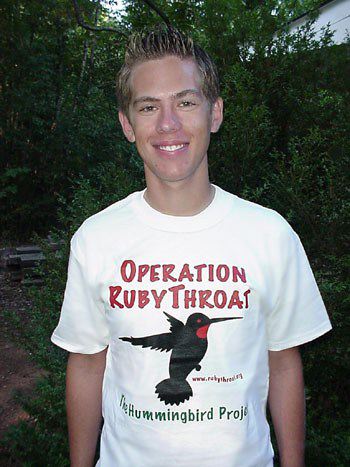
Need a Special Gift for a Want to make a If so, why not use our new handy-dandy on-line Google Checkout below to place your secure credit card order or become a Major Donor today? |
|
|
|
|
SPECIES BANDED THIS WEEK: * = New species for 2008 WEEKLY BANDING TOTAL 1 species 13 individuals YEARLY BANDING TOTAL (2008) 65 species 1,687 individuals 27-YEAR BANDING GRAND TOTAL (since 28 June 1982) 124 species 51,854 individuals
|
OTHER NATURE NOTES OF INTEREST
|
|
|
|
(Back to Preceding Week; on to Next Week) Up to Top of Page Back to This Week at Hilton Pond Center Current Weather Conditions at Hilton Pond Center |
 You can also post questions for The Piedmont Naturalist |
Join the |
Search Engine for |
|
|
Champion Coupon

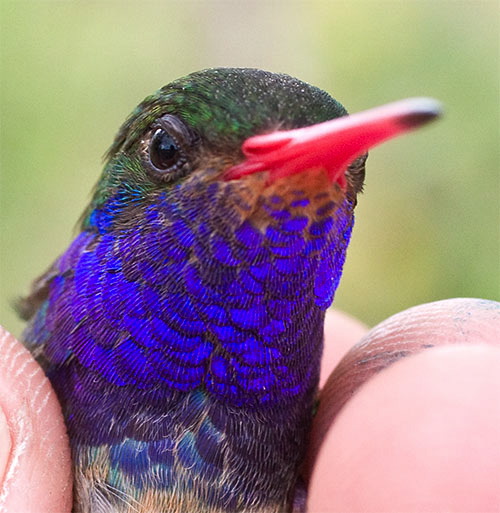
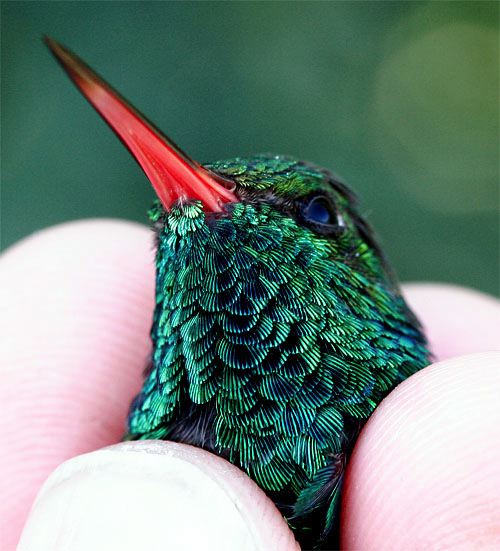
 followed by wife Susan's 60th birthday celebration--and then the marriage of son Billy III to Amanda Hurt of Lincolnton NC (right). Two days after the nuptials came successful surgery to remove a ganglionic wrist cyst, after which we couldn't use the camera or computer keyboard for a couple of weeks. The wrist is improving slowly but in a splint, Susan looks better than ever, and the newlyweds are back from their honeymoon, so it's high time we got out a December photo essay. Thanks for your patience as we get caught up, and Happy Holidays!]
followed by wife Susan's 60th birthday celebration--and then the marriage of son Billy III to Amanda Hurt of Lincolnton NC (right). Two days after the nuptials came successful surgery to remove a ganglionic wrist cyst, after which we couldn't use the camera or computer keyboard for a couple of weeks. The wrist is improving slowly but in a splint, Susan looks better than ever, and the newlyweds are back from their honeymoon, so it's high time we got out a December photo essay. Thanks for your patience as we get caught up, and Happy Holidays!]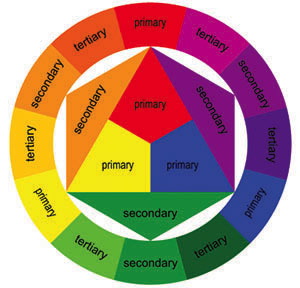 It so happens in nature the color that contrasts most visibly against a verdant background is bright red, meaning that reddish, nectar-bearing flowers may simply be EASIER for hummingbirds to see. You can try this experiment yourself by holding a red object against a green one to see how great the contrast really is. Red and green are known as "complementary" colors; i.e., on exactly opposite sides of the color wheel in art (above left). Human artists often use complementary colors to set one another off visually in more a dramatic way than other pairs.
It so happens in nature the color that contrasts most visibly against a verdant background is bright red, meaning that reddish, nectar-bearing flowers may simply be EASIER for hummingbirds to see. You can try this experiment yourself by holding a red object against a green one to see how great the contrast really is. Red and green are known as "complementary" colors; i.e., on exactly opposite sides of the color wheel in art (above left). Human artists often use complementary colors to set one another off visually in more a dramatic way than other pairs.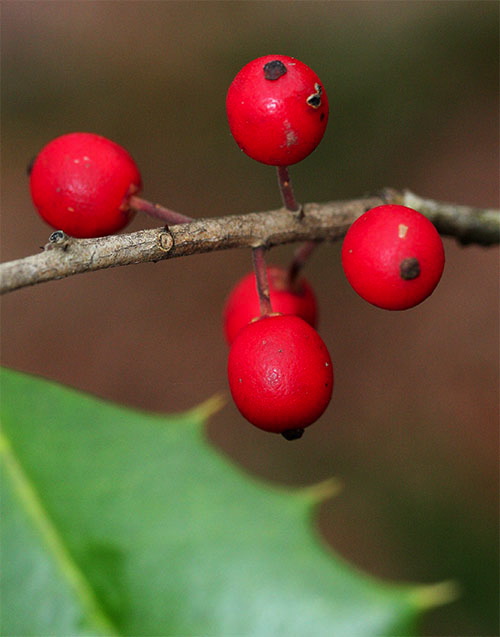
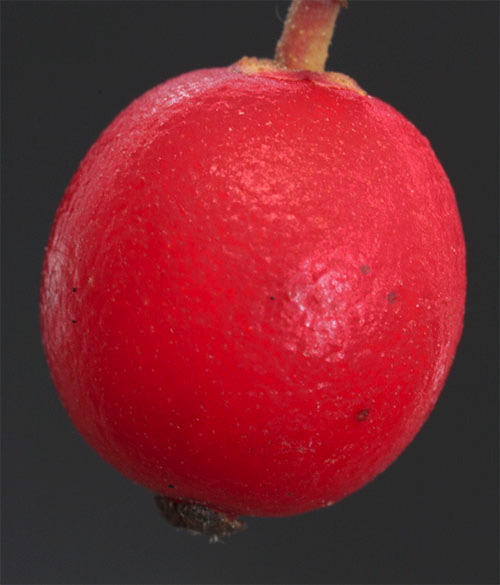
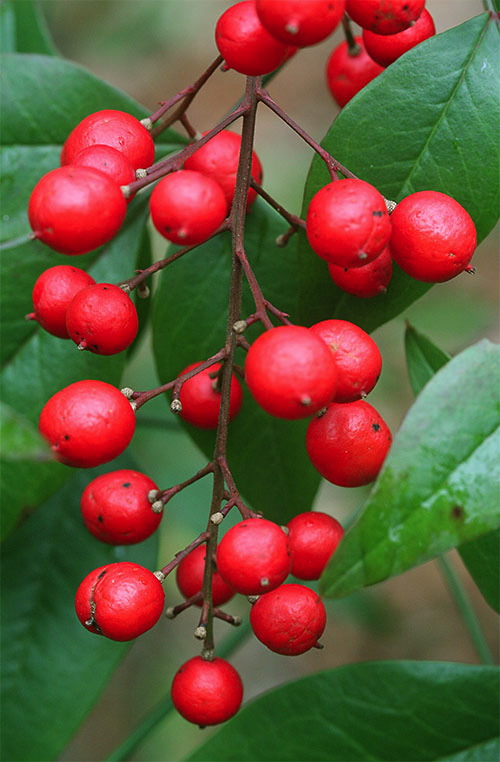
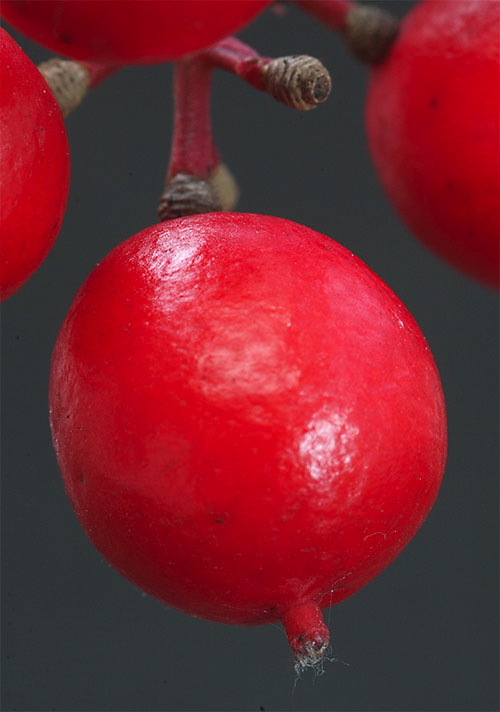
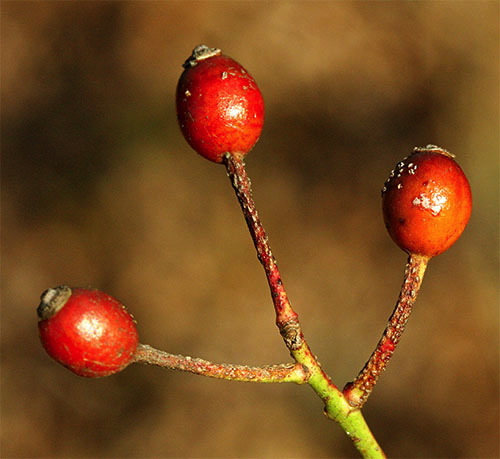
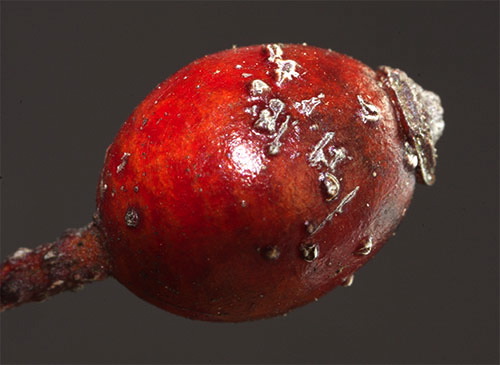
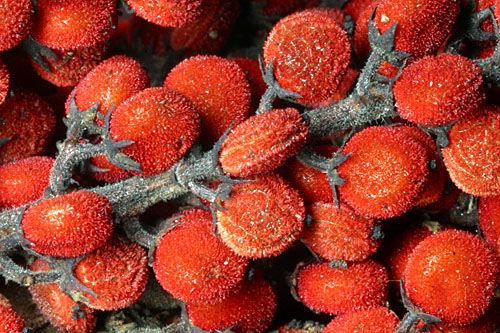


 Oct 15 to Mar 15:
Oct 15 to Mar 15: